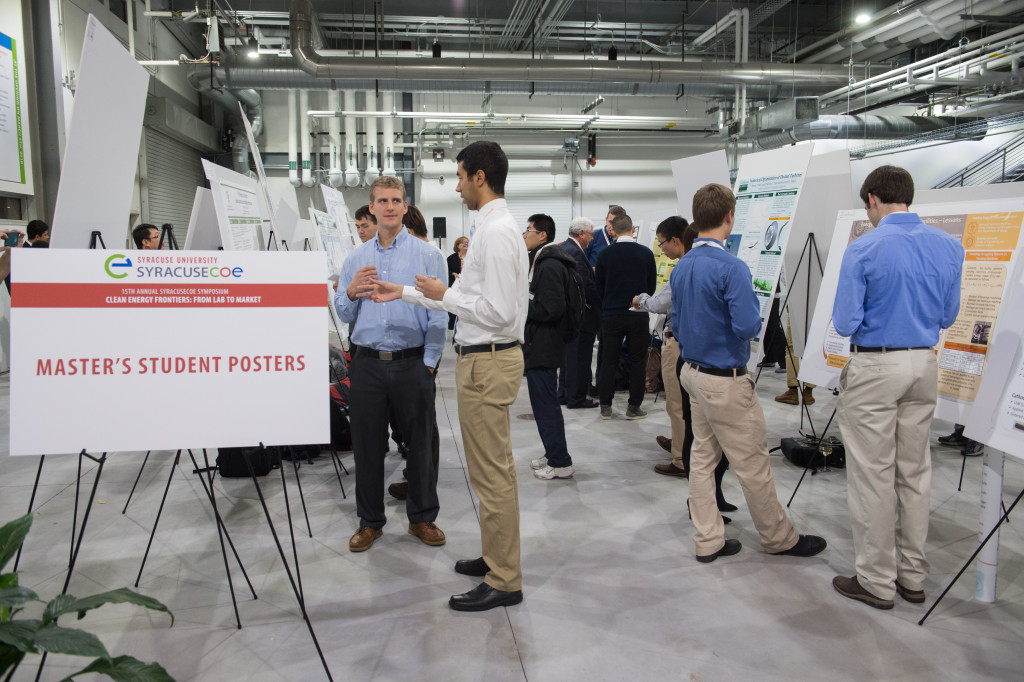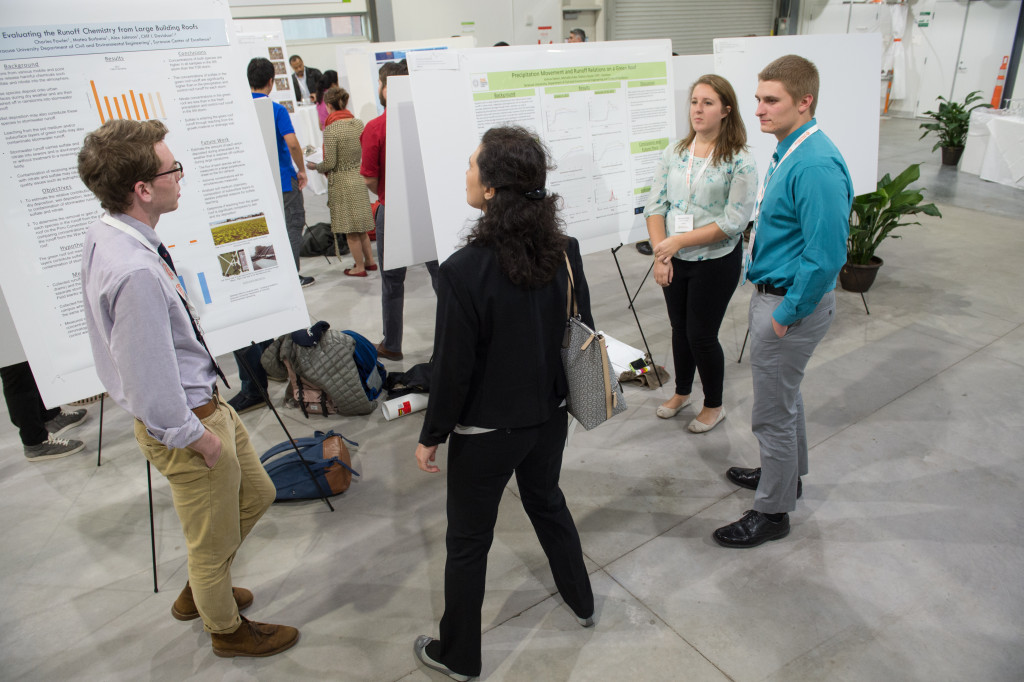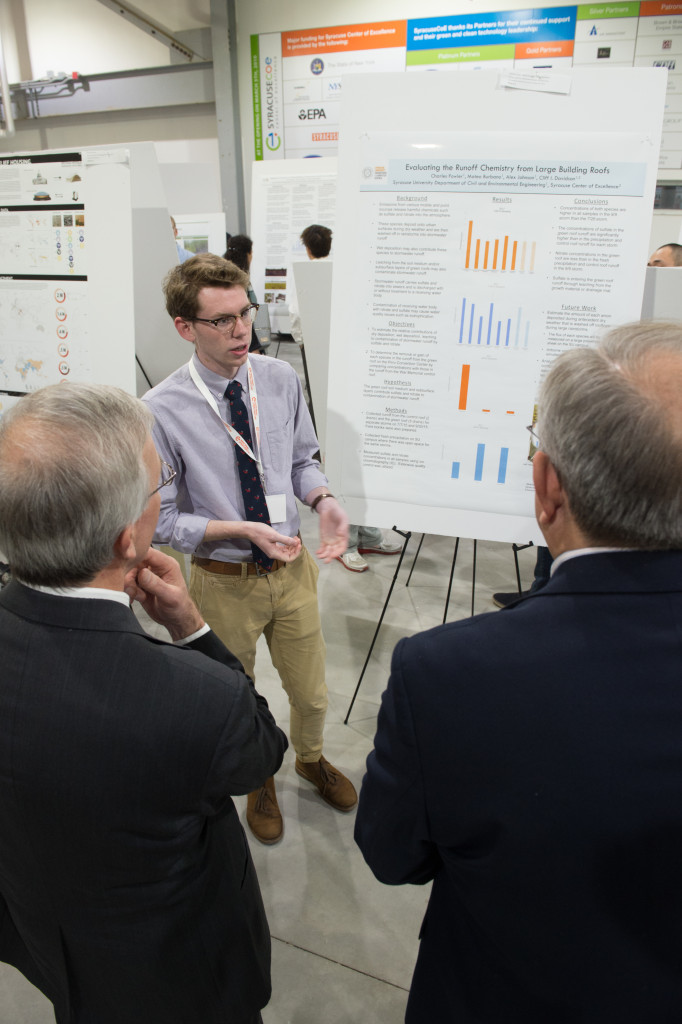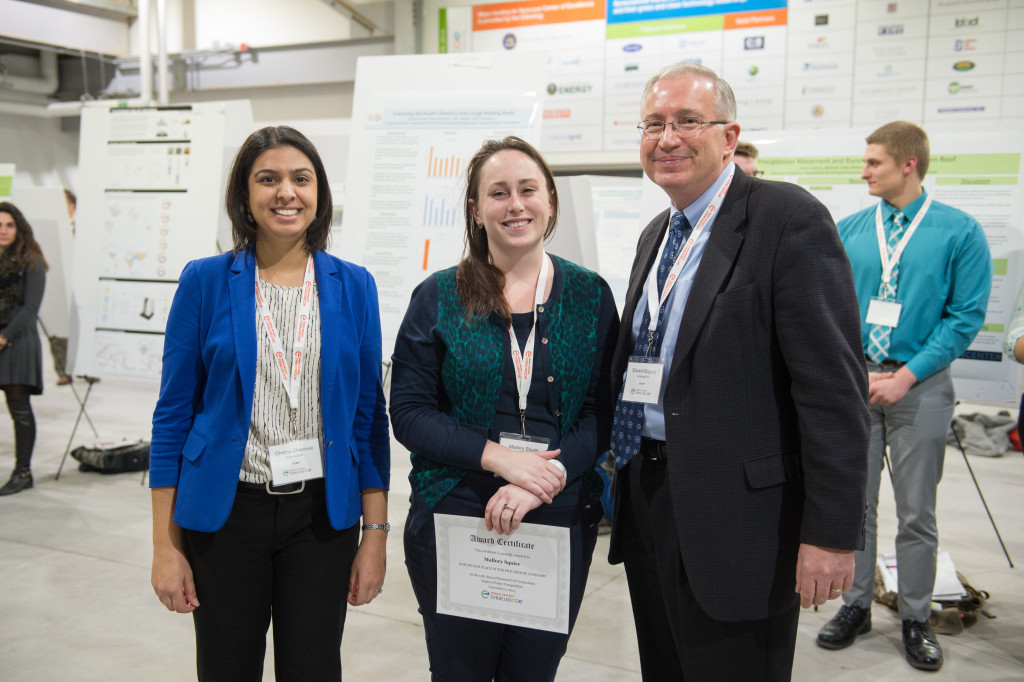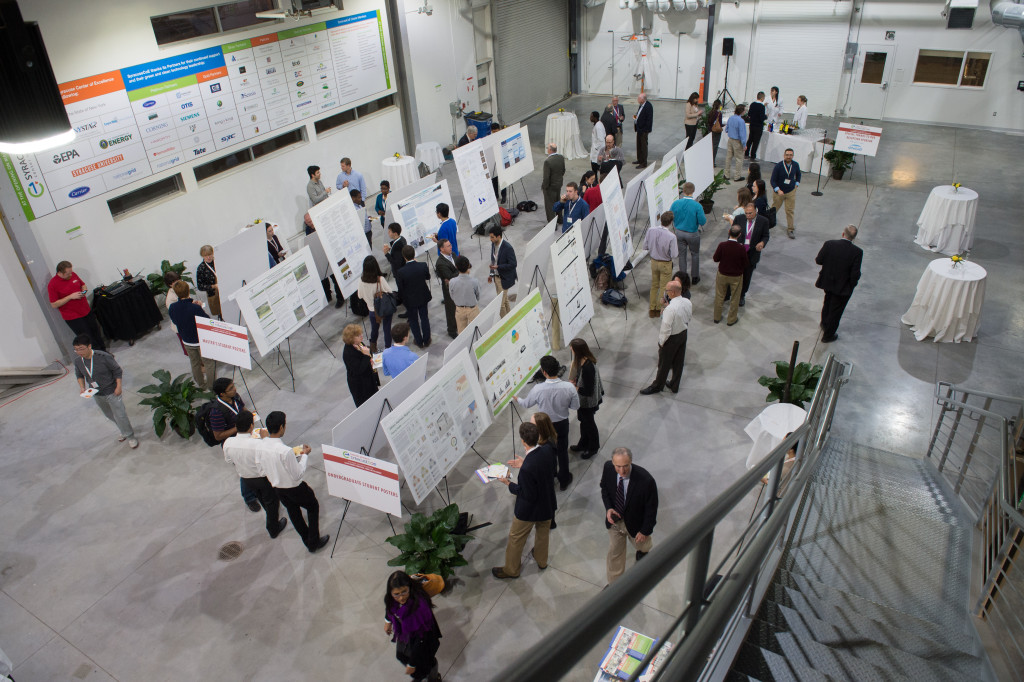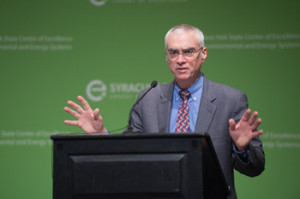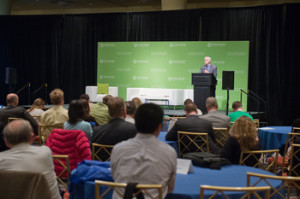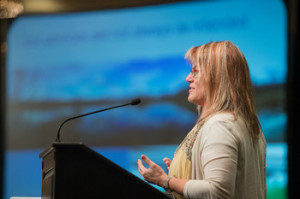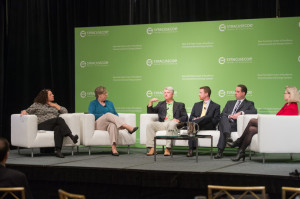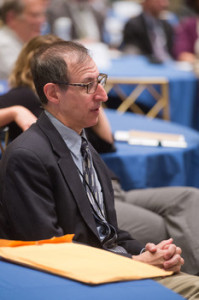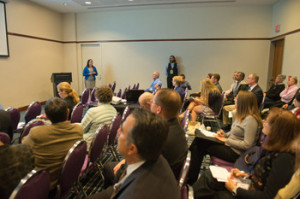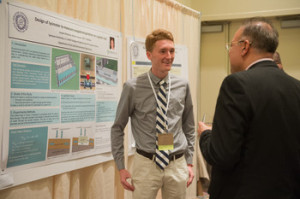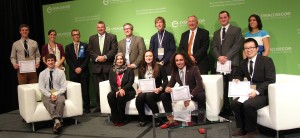I traveled to Bridgeport, CT for the 2014 Zone 1 Conference for the American Society for Engineering Education (ASEE), hosted by the University of Bridgeport. The goals of this conference include enhancing teaching methods and curricula and providing prime networking opportunities for faculty members, students and industry and government representatives. I was presenting a paper on my educational research project entitled “Engineering Student Misconceptions about
Rate and Accumulation Processes: Preliminary Evidence for the Development of the Rate and Accumulation Concept Inventory.”


The conference included were numerous tracks of student and professional paper sessions and a student poster session. Since I was traveling to another conference on that same weekend, I was only able to attend a few sessions and the keynote address on Friday morning. I was very impressed by the other students in my session. One student presented on developing was to improve to virtual classroom experiences, and another student was working in high school physics classes to get students involved with computer programming at an early age (using the R language, no less).
While my project is focused on the assessment stage of identifying misconceptions, a room full of educators couldn’t help but focus on suggesting ways to improve student learning, i.e. the intervention stage. Some of the ideas we discussed included using peer-to-peer teaching, flipping the classroom, and gamification. I’ve thought about many of these innovative teaching methods before, and we’re even trying out a few new activities and lectures this year without formally integrating them into the project. It would be a large undertaking but important step to begin thinking about using some of these methods extensively in STEM classes in order to foster a greater depth of conceptual understanding in engineering students.
